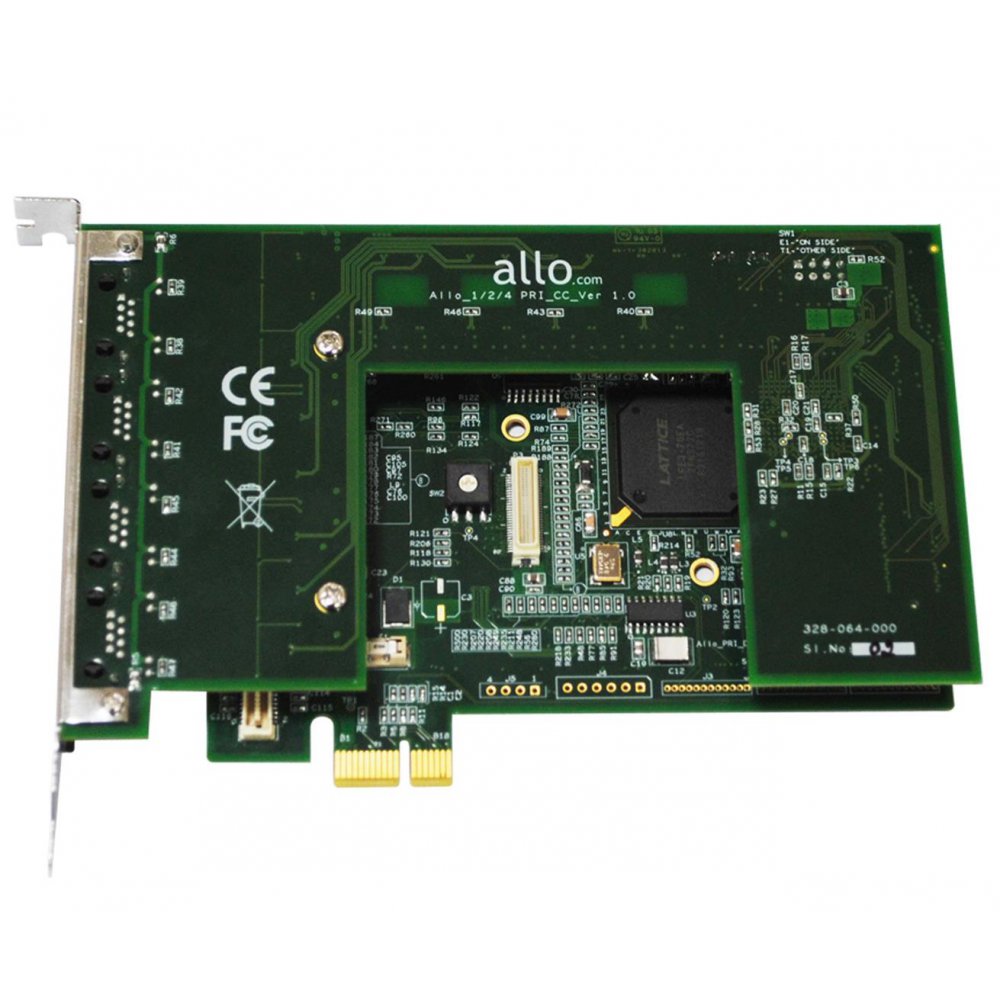2020. 3. 3. 20:55ㆍ카테고리 없음
Solving VoIP one way audio Solve One Way Audio-Step by StepOne way audio where one side or one party can hearthe other, but not reverse, is typically indicative of something stopping eitherthe outbound or inbound audio from reaching the receiving party.One way audio can be caused by network issues; NAT (Network AddressTranslation) issues or firewalls, so finding the cause will requiresimplification of the connection by elimination of some equipment, then testing.Once the problem device is found its pretty much initiating changes that resolvethe issue. Here's how to troubleshoot one-way audio.Step One- Check your equipment.The first thing that you need to eliminate is afaulty phone, handset earpiece or a headset on a softphone. Todo the do the following:. Softphone- Check that you have audioin both the earpiece and microphone. Verify that your microphone isconnected properly. Try using Windows Sound Recorder (or anotherapplication) as a check and make sure that the microphone is selected as theinput device in your Control Panel.Make a test call to yourself and start speaking to verify themicrophone meter is showing movement.
Regular phone- Sometimes the besttesting can be achieved using a simple corded phone. Connect one thatis working correctly, both the mouth piece and ear piece. IP Phone- Make sure the phone isfunctioning correctly.Step Two- Simplify the connection.Now that you know the equipment (phone/softphonewith headset) are functioning correctly it's time to simplify the LAN (LocalArea Connection) and the way the VoIP device is connected.The first step in one way audio troubleshooting is to simplyfy the connections.This allows you to identify the actual cause of the VoIP one-way audio. Do the following:.Connect the VoIP ATA, IP Phone, or PC with softphone directly to themodem device. Make sure you get registered and obtain a valid IPaddress.
In many cases this could be a public IP address. Make atest call. If one way audio still exists check to see if you have apublic or private (192.168.1.xxx) IP address. Public IP- Call your VoIPprovider.
Usecallmanager Patch

Phone Patch Asterisk For Windows
If you are getting one-way audio with a public IPaddress, there is an issue with the way the VoIP provider is handlingthe call. Private IP- If you are getting aprivate IP address from your modem it is acting as a NAT router and inthis case preventing the audio from making it to the ATA.
Checkfor SPI (Statefull Packet Inspection) or any firewall settingsthat may be the cause. Turn them off and retest.If you are getting a private IP address and not able to get twoway audio, you will want to set the modem to bridge mode and allowyour router to act as the only NAT router on the network.Instructions to do the can be found at.Step Three- Reconfigure your LAN network.After completing step two you should have achieved agood two-way audio call.Now you will want to configure yournetwork for your VoIP to work correctly. This typically might includeeliminating a second layer of NAT from your network design. DSL/Cable modem as router-More and more modems are acting as routers (both hard wired and wireless),firewalls and handing out DHCP. If you have to keep your modem as theprimary NAT router (perhaps you need the wireless capabilities) then youwill need to eliminate any secondary router from creating a second layer ofNAT.Use a switch on the LAN in place of a router or disable DHCP on thesecond router. Bridge the modem- Set themodem to bridge mode and allow the public IP address to sit on the WAN sideof your router. This may require placing.Then this router handles the NAT translations.

Two routers- If you have tworouters, perhaps one wired and the other wireless you will need to configurethese routers correctly for best network practice. Port forwarding- can be beneficial and resolve many NAT related one-way audioissues. After completing the best practices with your network youmight use port forwarding as a way to make sure that the router knows whereto send incoming VoIP audio.

Having the installed and having the installed, I needed to configure the two units to make a radio telephone system. I wanted the system to work over a network and the configuration files reflect this in as much as the addresses are using Host Names instead of static IP addresses. Changing from Host Name to static IP should be about the only thing needed to use these files over a standard LAN network.